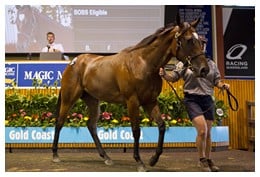
The Secrets of Yearling Conformation
Bloodstock agent John Warren explains how he selects yearlings
Timeless and insightful content

Bloodstock agent John Warren explains how he selects yearlings
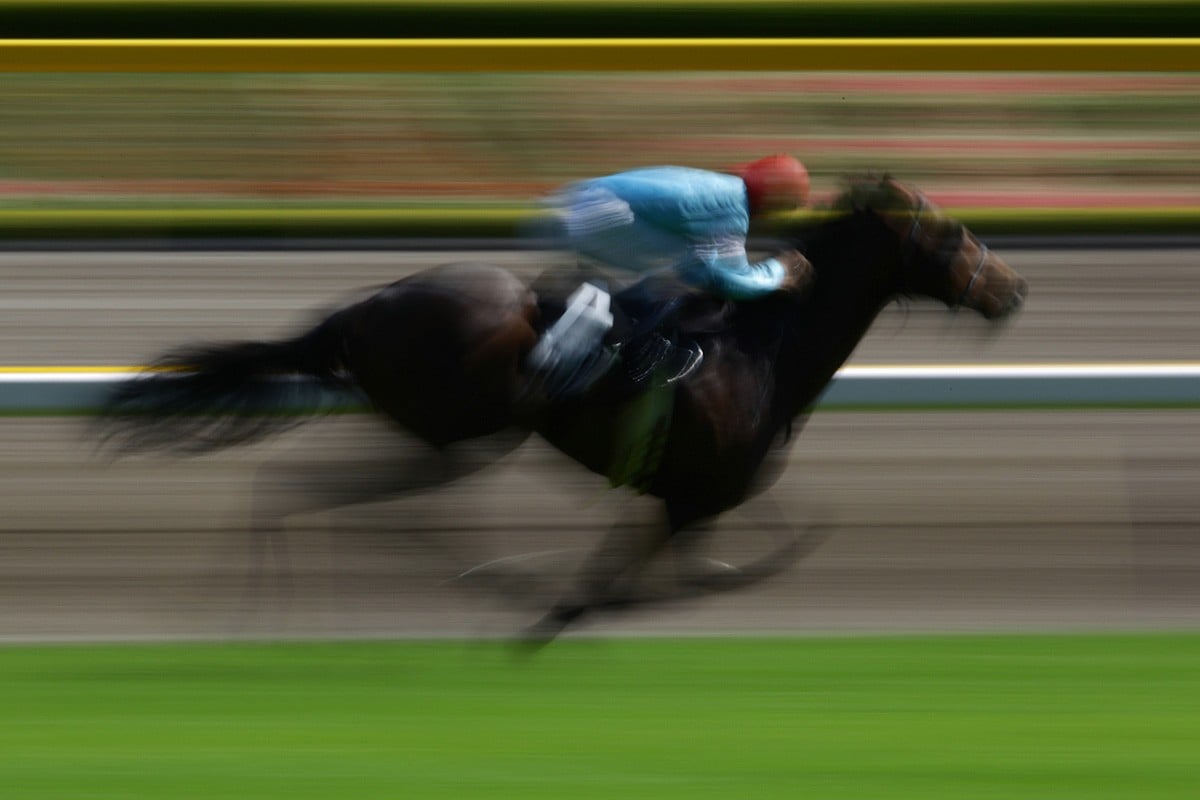
Required reading for anyone who bets on horses or is interested in horseracing.
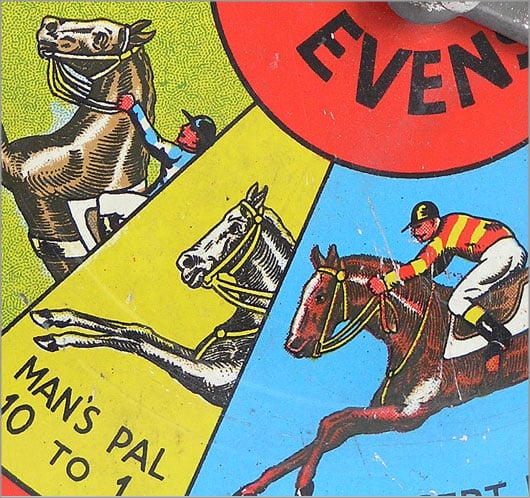
The ideal racing program must consist of a balanced combination of Merit Rating races (real handicaps) and Conditions races (Maiden and Plate/Race Figure races
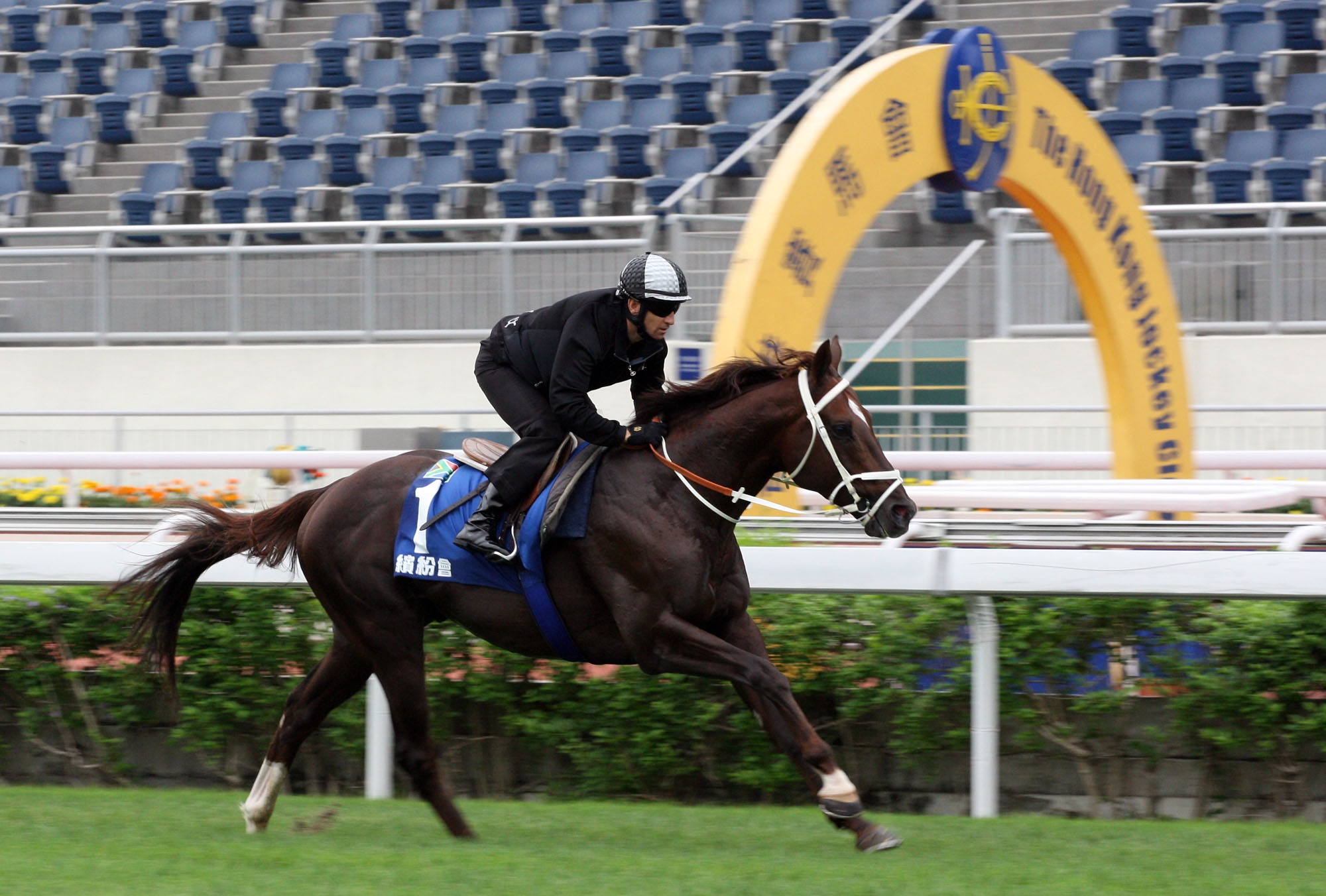
Every wondered what makes a champion? The Channel 4 documentary team delve beneath the skin to find out.
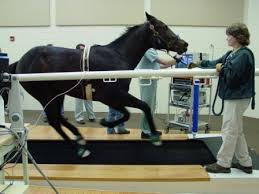
Fitness levels can roughly be defined as a reflection of the efficiency of the anaerobic and aerobic respiratory pathways and the efficiency of the functioning of the racehorse’s different, complex, biological systems.
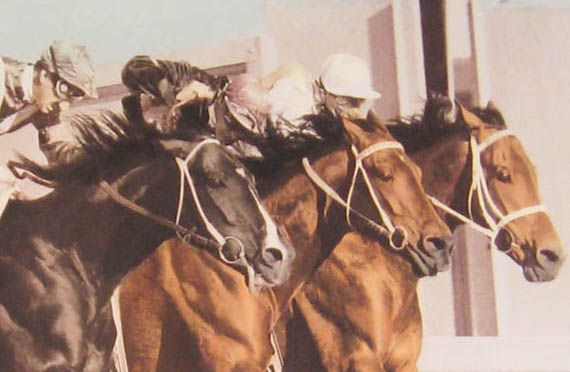
At last a thorough analysis of the application of the MR system in South Africa, supported by fact and not clouded by prejudice.

Handicapping is the foundation on which racing throughout the world is built. It was introduced (officially) in the middle of the 19th century to British racing by Admiral Rous, who was able to express the ability of horses as a figure, in his time in stones and pounds weight.

Handicapping is a matter of discovering how good a horse is, and under which circumstances that horse is most likely to reproduce his best.

Marking your card this way is not nearly as much hard work as it looks. And it’s fun.
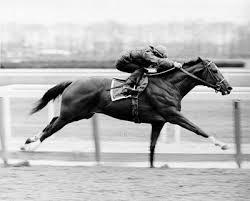
The definition of handicapping in my book is to quantify the ability of a horse. Find out what he is best at, what he needs to produce his best, and put a number to it.
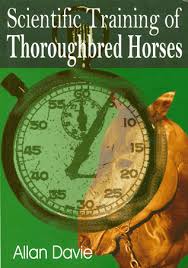
Certainly there is method in the apparent madness of most trainers of thoroughbreds.
Ironically, it was a colt which provided Alan with a first Gr1 success, this being Alec and Gillian Foster’s homebred Cereus, who landed the 2001 Gold Cup at Hollywoodbets Greyville, his victory completing a momentous double on the day, with the Gr2 Golden Slipper having gone the way of juvenile filly Tatler, a great-great-great grandaughter of Sun Lass!
JP van der Merwe is not the only guilty party in the matter. In simple terms, he is the only rider to have exercised the NHA’s offer of an Acknowledgement Of Guilt and moved on with his life
Andrew Fortune made it three winners on the Family Day public holiday as Tenango breezed home to win the Gr3 feature
The son of Master Of My Fate will likely side-step stablemate Eight On Eighteen in the Daily News and go via the Greyville 1900 and Cup Trial into the big one on 5 July
